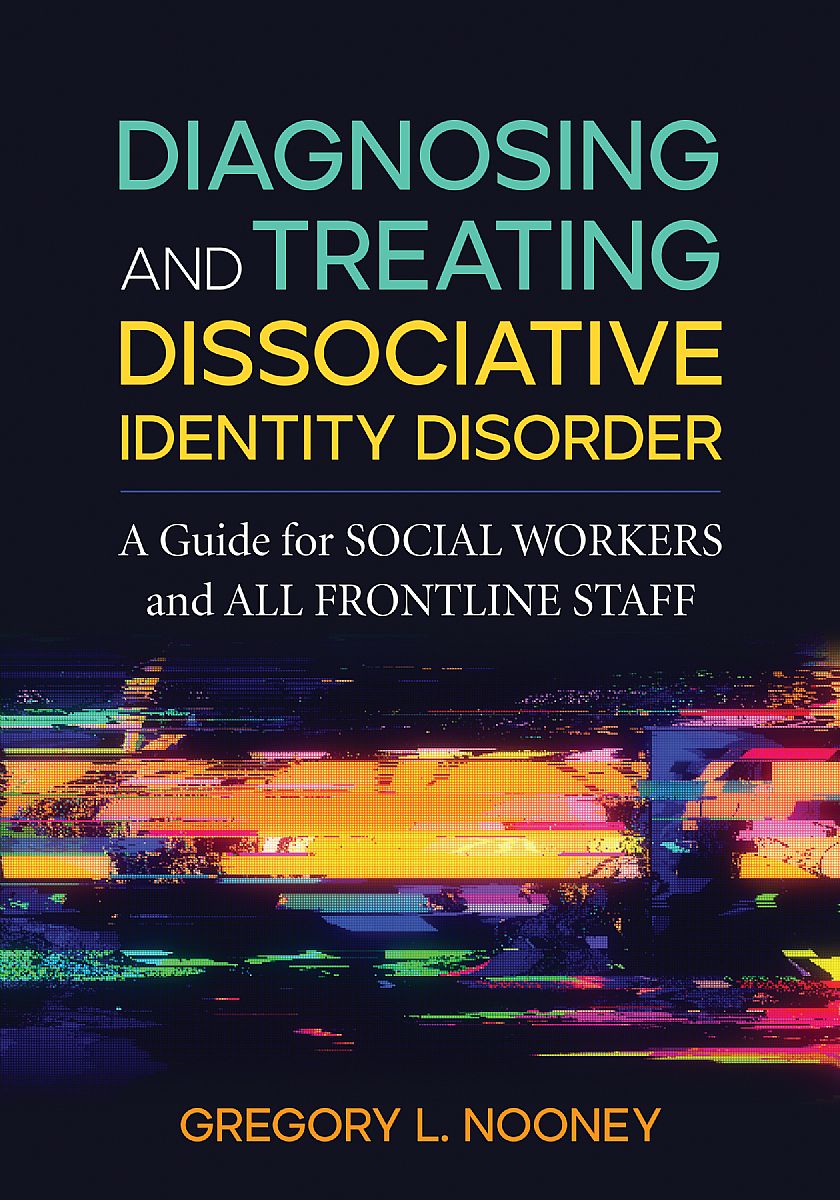
Diagnosing and Treating Dissociative Identity Disorder
Page Count: 202
ISBN: 978-0-87101-572-3
Published: 2022
Can your device download this eBook? Click here before purchasing! eBooks are available in single quantities only.
Earn 7.5 CEUs for reading this title! For more information, visit the Social Work Online CE Institute.
Dissociative identity disorder (DID), previously known as multiple personality disorder, is a misunderstood and often underdiagnosed condition. Whether you are a new social worker or an experienced frontline staffer who is new to DID, Diagnosing and Treating Dissociative Identity Disorder is the resource that can help.
Clinicians are often too cautious about asking the right questions or believe the disorder is so rare that they do not accept what is being presented to them by the client. In turn, clients may mask their distinct internal identities if they sense that they will not be heard, understood, or believed. Further complicating matters, it is often newer clinicians working in underfunded community mental health centers who will encounter DID clients, many of whom have never sought treatment, have experienced unsuccessful or even harmful treatment, have learned to survive through problematic behaviors, or are experiencing co-occurring disorders such as addiction.
Using case studies, diagnostic tools, and clinician self-care, Gregory L. Nooney demonstrates how to confirm a DID diagnosis and establish a therapeutic relationship; assist the client in developing internal communication, cooperation, and co-consciousness; mitigate the risk of breaking dissociative barriers too quickly; manage the risk of rapid switching and decompensation, including suicidal risk; and lead the client from emotional rigidity and chaos to integration. Fortunately, because of the brain’s plasticity and the effectiveness of trauma-specific treatments, healing is possible even for individuals who have experienced severe childhood trauma and attachment wounds. Though the challenges of diagnosing and treating DID are vast, the rewards of helping this misunderstood and underserved population are enormous.
Acknowledgments
About the Author
Introduction
Chapter 1: Setting the Stage
Chapter 2: Trauma
Chapter 3: Attachment
Chapter 4: Dissociation
Chapter 5: Dissociative Identity Disorder: History and Prevalence
Chapter 6: Diagnostic Process
Chapter 7: Treatment Challenges
Chapter 8: Treatment Process, Phase 1: Stabilization
Chapter 9: Treatment Process, Phase 2: Trauma-Specific Work
Chapter 10: Launching Forth
Afterword
References
Appendix: Sample Treatment Plan
Index
Earn 7.5 CEUs for reading this title! For more information, visit the Social Work Online CE Institute.
Diagnosing and Treating Dissociative Identity Disorder was reviewed by Nicole Marcum for the journal Social Work.
Gregory Nooney’s book Diagnosing and Treating Dissociative Identity Disorder: A Guide for Social Workers and All Frontline Staff is a huge welcome to literature on the topic of dissociative identity disorder (DID). Nooney provides an in-depth understanding of the vast complexities of DID and strongly encourages the absolute necessity to remain educated on DID, for successful outcomes with clients. Though retired, Nooney utilizes his 35 years of experience and research in the mental health field to continue providing education to the social work and other professional fields.
I have always been interested in what society historically referred to as “multiple personality disorder,” now known as DID. I have read various books and watched movies both fictional and nonfictional based on persons with DID, and I remain intrigued to the workings of the brain and how it attempts to cope with extreme trauma. As I continue to learn about DID, I have naturally asked myself whether I, along with the clinical teams I have worked with in various mental health settings, could have misdiagnosed or provided the wrong type of treatment to clients. I will be forever grateful for Nooney’s discussion of psychotropic medications being prescribed to DID clients and how a prescriptiod can be harmful to various alters within the system. Throughout the book, Nooney continues to emphasize why it is vital to stay up to date with professional development for successful client outcomes.
Read the full review. Available to subscribers of Social Work.
